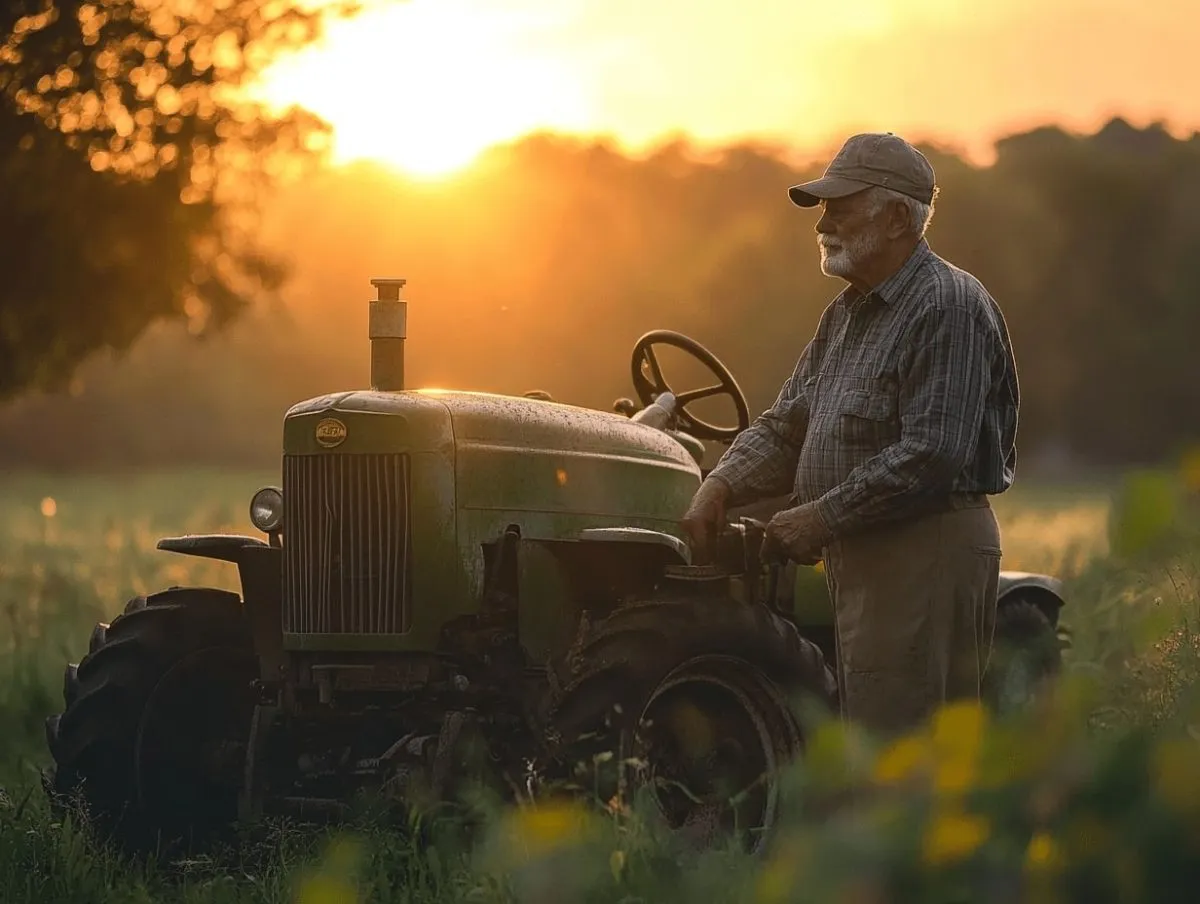How do farmers retire?

Farmers are more likely than the average American to maintain a retirement account of some kind, but their collective retirement balance is lower than the national average, according to data from the U.S. Department of Agriculture (USDA).
Researchers from the USDA and the Economic Research Service analyzed data from Agricultural Resource Management Surveys conducted between 2018 to 2022 to get a picture of retirement preparedness among U.S. farmers and ranchers. They found that “median farm household income was higher than the median income of U.S. households in that period.”
They also found that there were a greater share of farm households (61%) that maintained savings in different kinds of retirement accounts — including 401(k)s, 403(b)s and individual retirement accounts (IRAs) — than the overall percentage of U.S. households (54%) and nonfarm, self-employed households (52%).
“When researchers narrowed their focus to farmers and ranchers at retirement age, they found that in 2021 around 45% of principal operators were 65 years old or older,” according to a summary report of the data. “Among this population, 57% held assets in retirement accounts, which is a higher proportion than the 47% of older U.S. households generally but lower than the 59% of older nonfarm self-employed U.S. households.”
These findings point to differences in retirement savings across different household types, but also suggest that older farm households “were less likely than younger farm households to have retirement savings,” the report explained..
But this cohort also maintained lower levels of retirement savings despite the higher likelihood of having a retirement account, the researchers found.
“On average, older farm households had $247,600 in retirement savings compared with $260,900 for older U.S. households and $516,800 for older nonfarm self-employed households,” the report stated. “However, farm households had higher levels of total assets than the average U.S. household, although some of their assets may be more difficult to access during retirement.”
Much of this cohort’s wealth is concentrated in farm operations. This means that drawing on farm assets in retirement likely comes with tax implications, which could complicate the decision to draw on these assets for funding various retirement needs.
Recent data from Morningstar found that while there has been some improvement over time, retirement preparedness is lacking in general. While younger generations appear to be taking retirement preparedness more seriously, the average savings levels are far more adversely impacted by income than by age.
The highest income brackets across Gen X, millennials and Gen Z hover between 86% to 89% readiness, but the lowest income brackets range between 14% and 34% — a more significant variation with the lowest figure belonging to Gen X.
Categories
Recent Posts











